Today marks the fourth-year anniversary of Paper Beats World. Four years ago, way back in 2014, I posted my first blog post, I am a writer. I’ve kept right on posting ever since.
In four years, I haven’t made any money from Paper Beats World. Hell, I haven’t made any money from writing in general. I’ve actually lost money.
I’ve posted 727 posts, averaging two posts a week. For a while, I was writing three posts a week, but that was too much. We’ve gone through a few different themes and designs, and I might yet change the theme a few more times.
I’ve published 3 physical books in the last four years, and 9 books total if we count all the novellas and short story collections. And I am.
- Broken Patterns (The story that started it all.)
- Starting Chains
- Seeming
- You Can’t Trust The AI
- Virus
- Days and Other Stories
- Spook
- Man In The Woods
- AA
There have definitely been some growing pains. I’ve gone from 1 to 2 views a day to hundreds, and that’s been so humbling. I am so thankful to all of you who visit the site, and I hope that you get as much out of this as I do.
In four years, my personal life has also changed dramatically. I’ve moved twice, from a crappy apartment to a crappy house to now living with my mother in law for a while. I’ve gone from a shitty job managing a shoe store to working for a company that I respect. I love everyone I work with at my day job, and I wish I could name you all here. But I try to keep a shield between this blog and the job, so I can’t. You know who you are, and I appreciate you all so much.
I got a dog, which I swore I’d never do. I also changed my last name about two and a half years ago, when I married my best friend and my partner for the rest of my life.
I’ve made some wonderful friends in this writing business, through my Science Fantasy group to my fellow Solstice writers. These wonderful people, who I’ve never met in real life, have enriched my life so much. They are exceptional authors and people, and I’m honored to know them.
Writing this blog has given me the courage to do so many things that I don’t know if I would have done otherwise. It’s kept me accountable and given me the opportunity to share my journey with all of you. It’s brightened my day in the darkest of times and given me joy in boring moments. I can’t begin to tell you how grateful I am for everything you’ve all given me with your likes, shares, and support.
But no, I haven’t made anything as common as money.
If I could ask a favor of all of you, I’m trying to make Paper Beats World better. To that end, I’ve made a little survey that I would really appriciate you taking. It’s not long, and shouldn’t take more than a minute or two of your time. Here’s a link.
And, of course, I have a present for all of you. It’s a free Station 86 Wallpaper, which you can download below. Thank you for a wonderful four years, and here’s to many, many more.

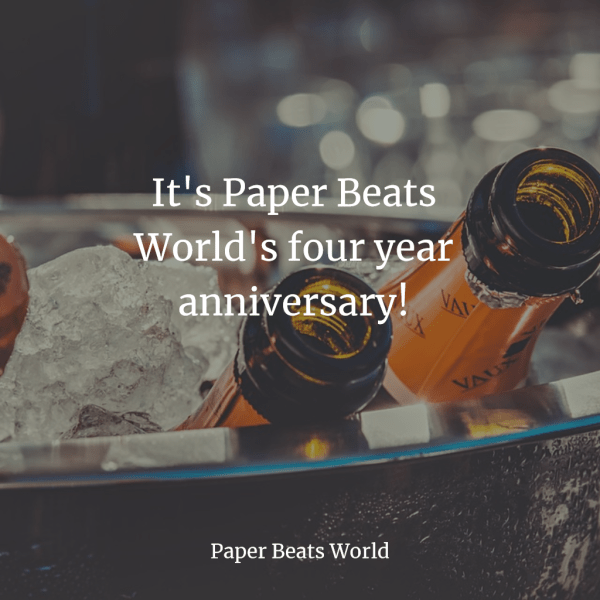
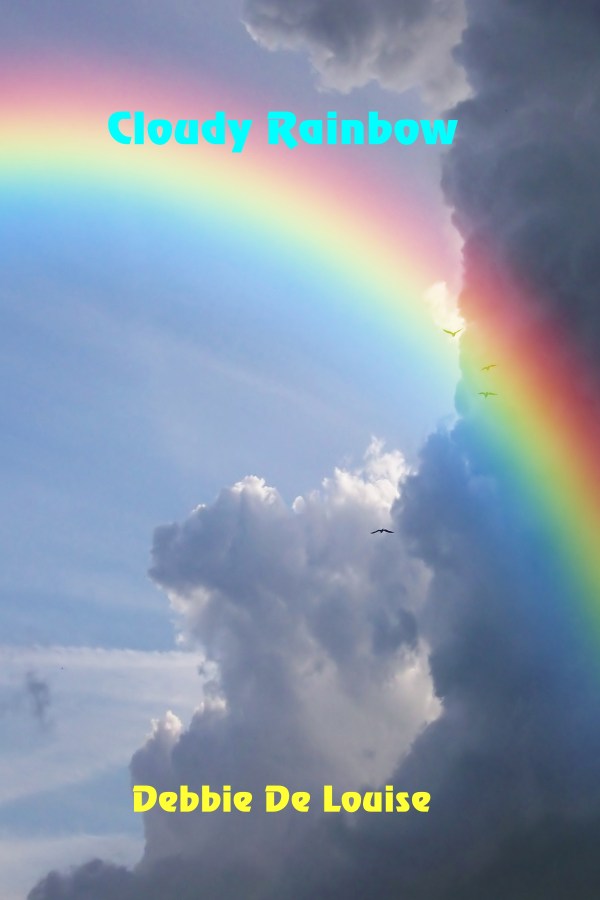
 Cloudy Rainbow will always be a special book to me. Not only does it feature my beloved cat, but it goes back to the time I worked as secretary and Features Editor in college on the C.W. Post Pioneer newspaper. In addition, it includes a virtual world similar to Second Life. I had become involved in Second Life in 2006 to meet fellow librarians around the world who participated in it. After Floppy died, I created and still maintain a virtual pet memorial center in SL called Rainbow Gardens where I display photos of real-life pets that people have lost. Both Floppy and my cat Oliver who died last November are featured there.
Cloudy Rainbow will always be a special book to me. Not only does it feature my beloved cat, but it goes back to the time I worked as secretary and Features Editor in college on the C.W. Post Pioneer newspaper. In addition, it includes a virtual world similar to Second Life. I had become involved in Second Life in 2006 to meet fellow librarians around the world who participated in it. After Floppy died, I created and still maintain a virtual pet memorial center in SL called Rainbow Gardens where I display photos of real-life pets that people have lost. Both Floppy and my cat Oliver who died last November are featured there. Cat Writers Association this past summer.
Cat Writers Association this past summer.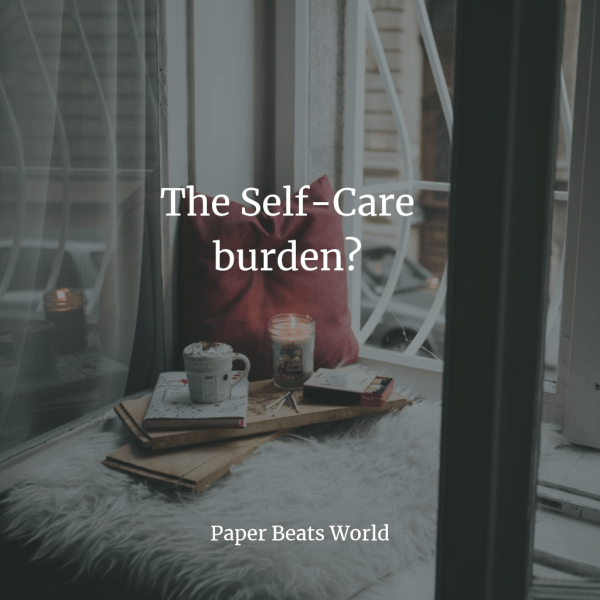
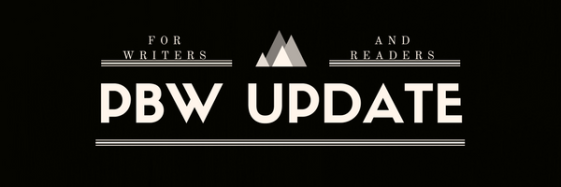 post from me about writing or publishing. You’ll get a round up of the most recent PBW posts. You’ll learn about a new indie writer in every issue. And, you’ll be the first to learn about promotional offers and events for Station 86 and Woven. PBW Update issues come out every other Monday.
post from me about writing or publishing. You’ll get a round up of the most recent PBW posts. You’ll learn about a new indie writer in every issue. And, you’ll be the first to learn about promotional offers and events for Station 86 and Woven. PBW Update issues come out every other Monday.
 In Devon’s world, magical work is as common as turning a pot or fletching an arrow. What isn’t common is a man with thread magic. When Devon finds that he is a seer, weaving prophetic tapestries, his family tries to keep it a secret.
In Devon’s world, magical work is as common as turning a pot or fletching an arrow. What isn’t common is a man with thread magic. When Devon finds that he is a seer, weaving prophetic tapestries, his family tries to keep it a secret.

 terrorist who calls himself The Tinker. He and his group of anarchists plant bombs through the city and call for the death of the new kings from every street corner.
terrorist who calls himself The Tinker. He and his group of anarchists plant bombs through the city and call for the death of the new kings from every street corner.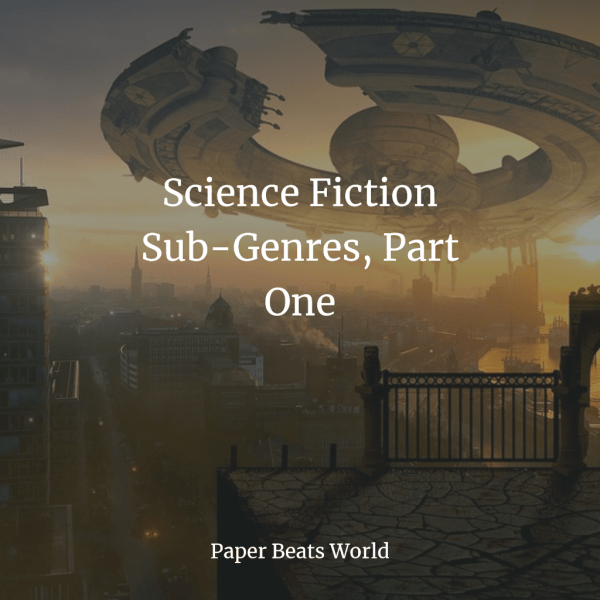
 Enjoy twelve dark tales from the twisted mind of Nicole C. Luttrell. Meet a girl who has bad dreams, a boy who watches too much tv when alone at night, and a mysterious scratching coming from an old school desk.
Enjoy twelve dark tales from the twisted mind of Nicole C. Luttrell. Meet a girl who has bad dreams, a boy who watches too much tv when alone at night, and a mysterious scratching coming from an old school desk. 
 the Core attack. Then a mysterious ship from a dying station arrives, bringing artificially intelligent robotic, murderous dogs.
the Core attack. Then a mysterious ship from a dying station arrives, bringing artificially intelligent robotic, murderous dogs.
 When a station goes dark, Sennett is asked to join the last remaining IHP members to investigate. When they arrive, they find so much more than they expected. A terrifying virus is loose on the station, that they might never escape from.
When a station goes dark, Sennett is asked to join the last remaining IHP members to investigate. When they arrive, they find so much more than they expected. A terrifying virus is loose on the station, that they might never escape from.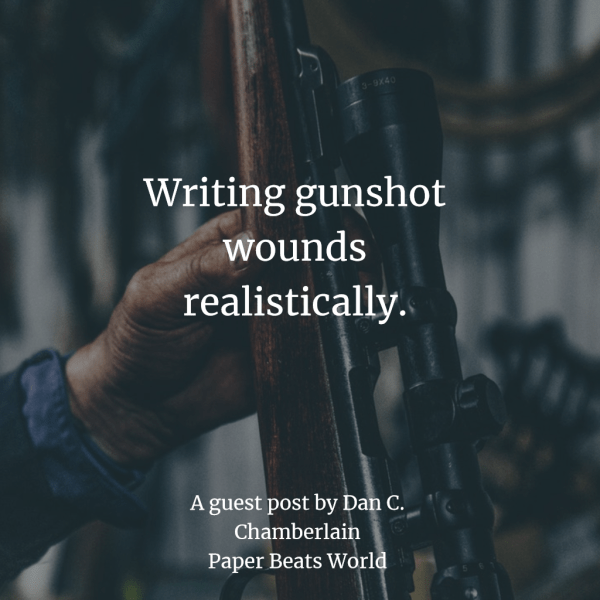
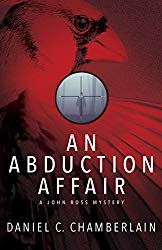 of Police and a Special Agent with AFOSI. After retiring from Criminal Investigations, Dan embarked on a second career as a registered nurse. Dan has been a feature writer for national circulation magazines and is a bestselling author. His novels can be found on
of Police and a Special Agent with AFOSI. After retiring from Criminal Investigations, Dan embarked on a second career as a registered nurse. Dan has been a feature writer for national circulation magazines and is a bestselling author. His novels can be found on
Recent Comments